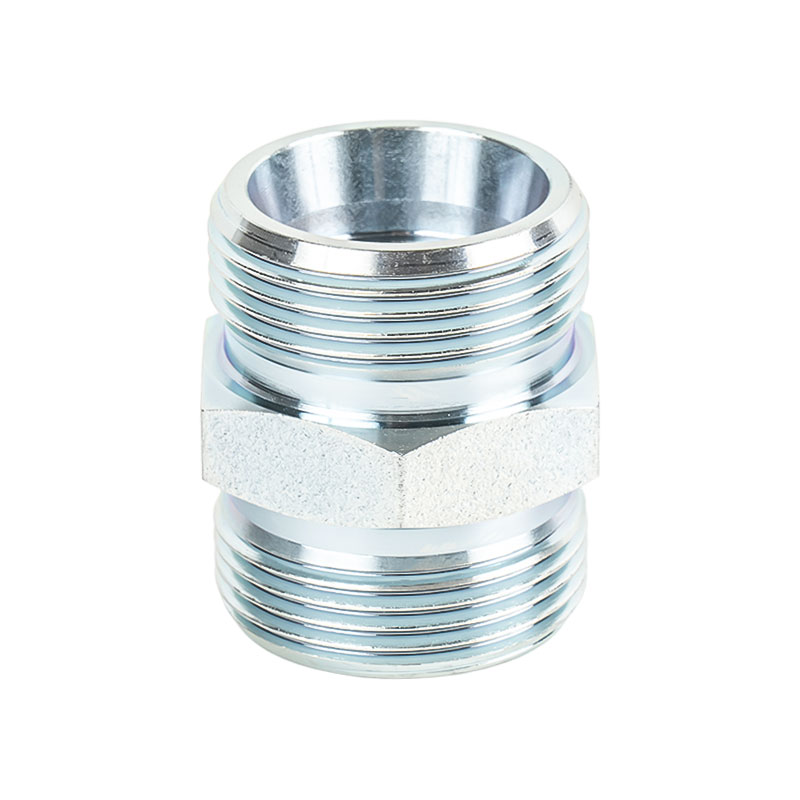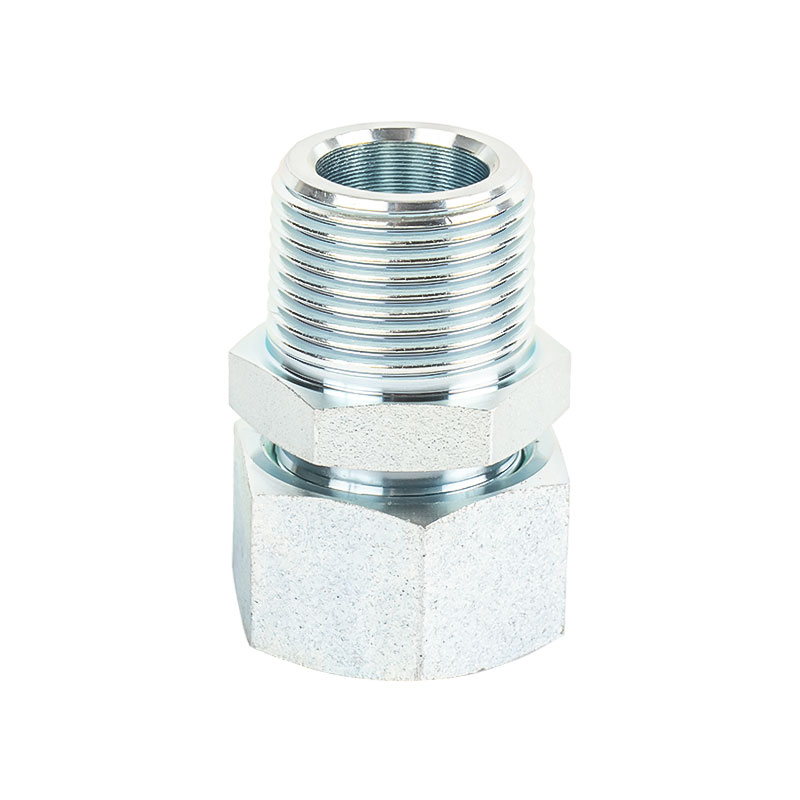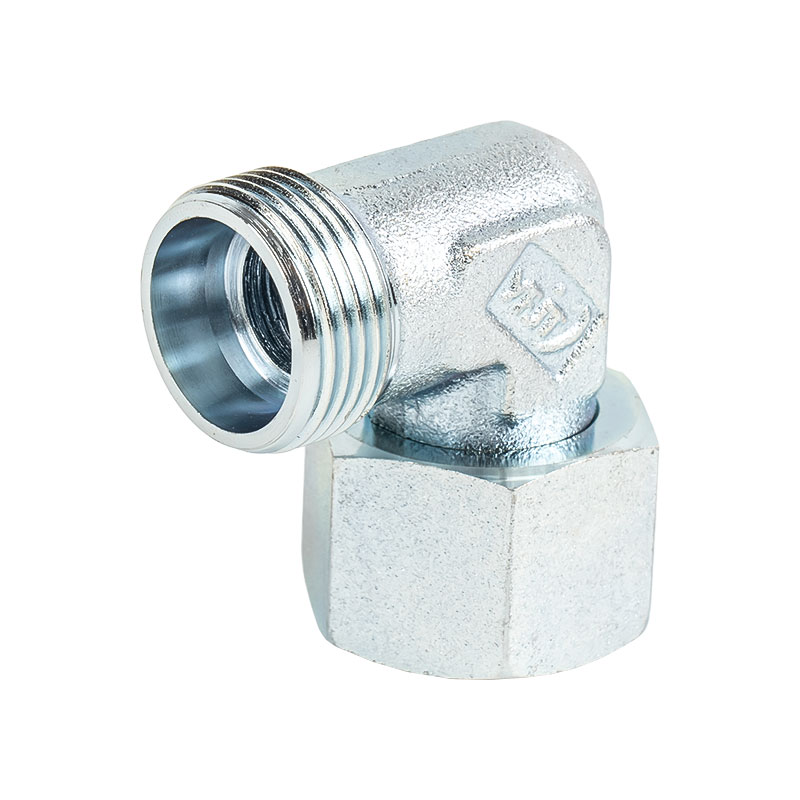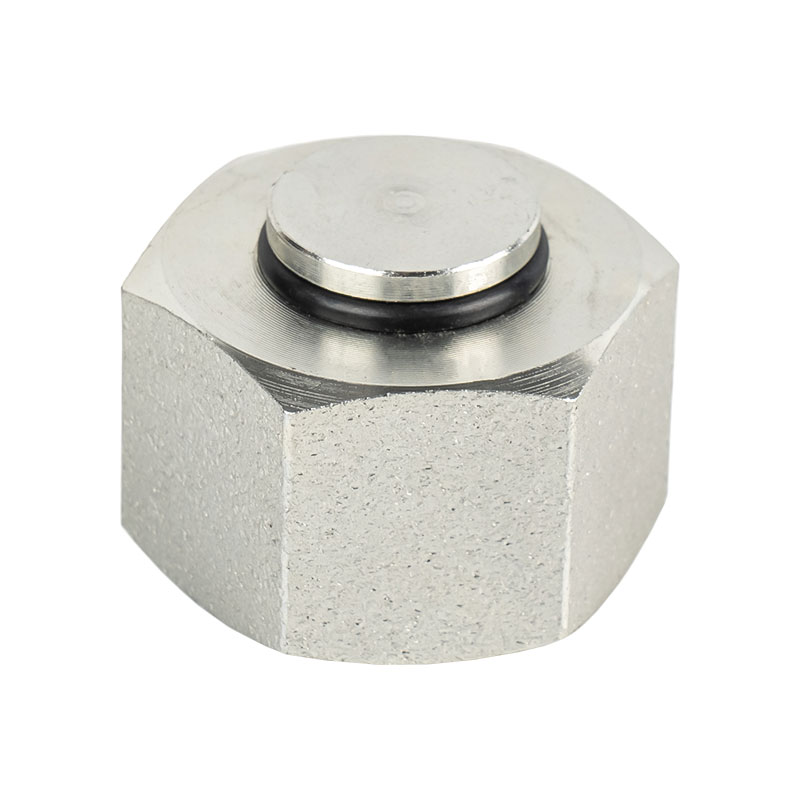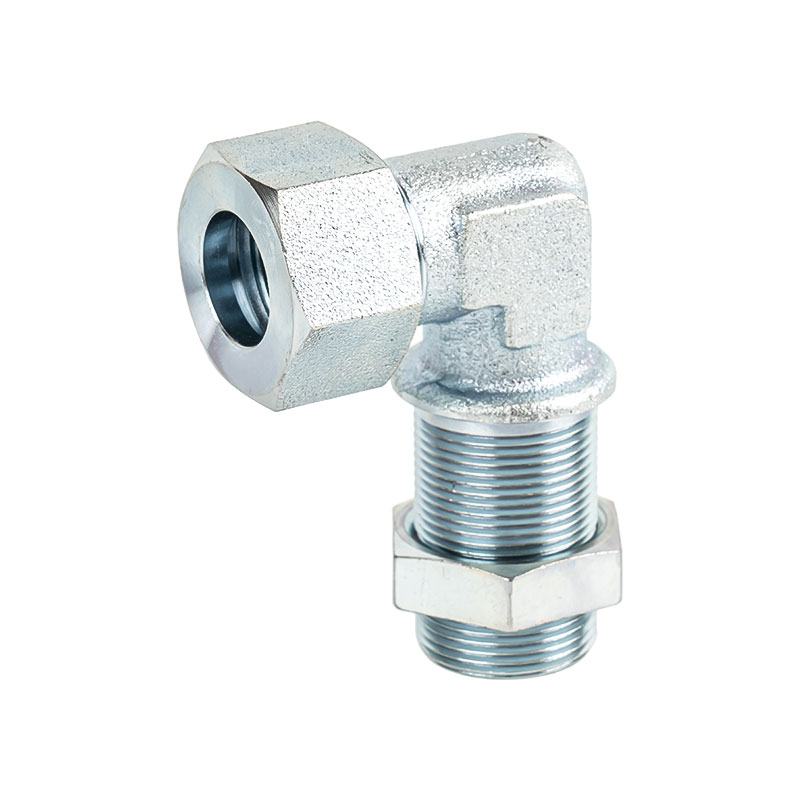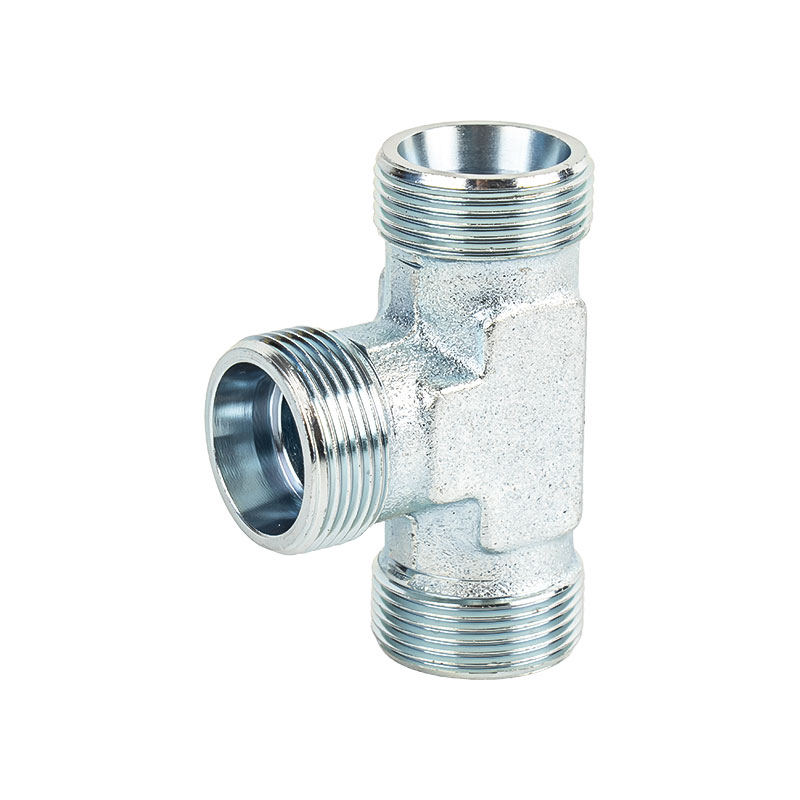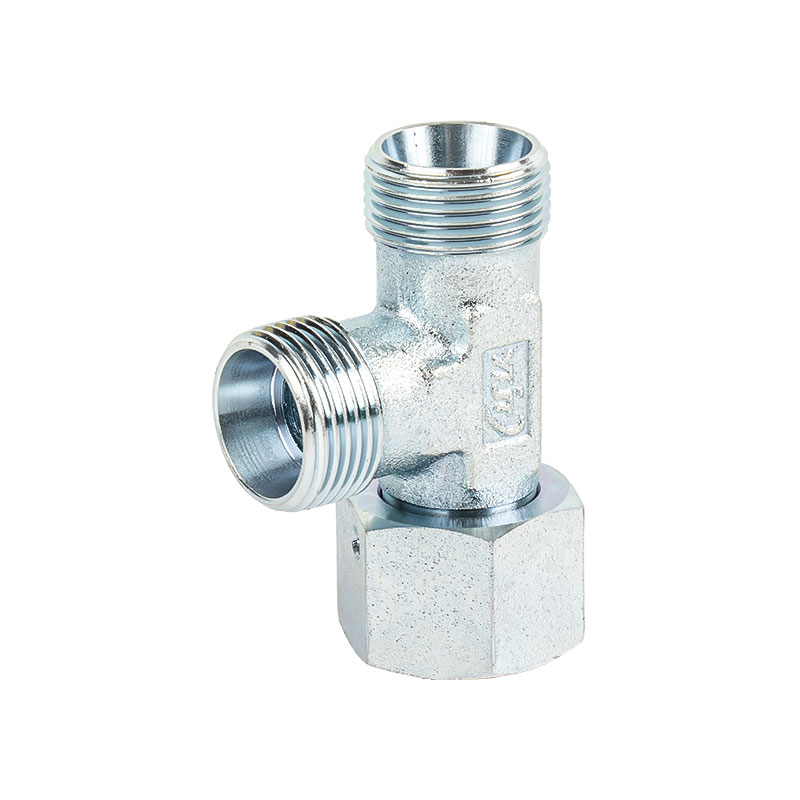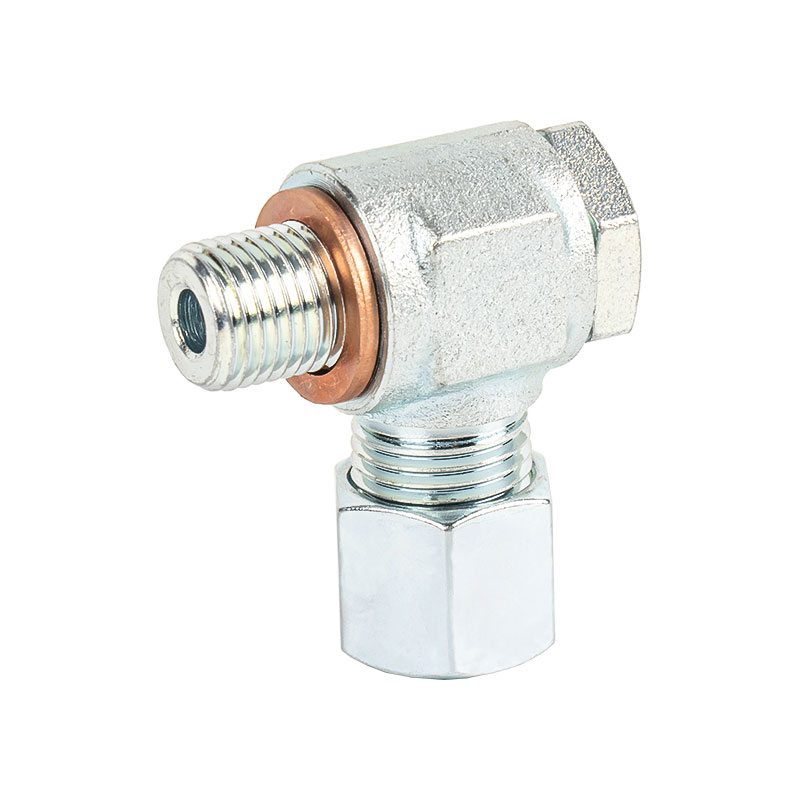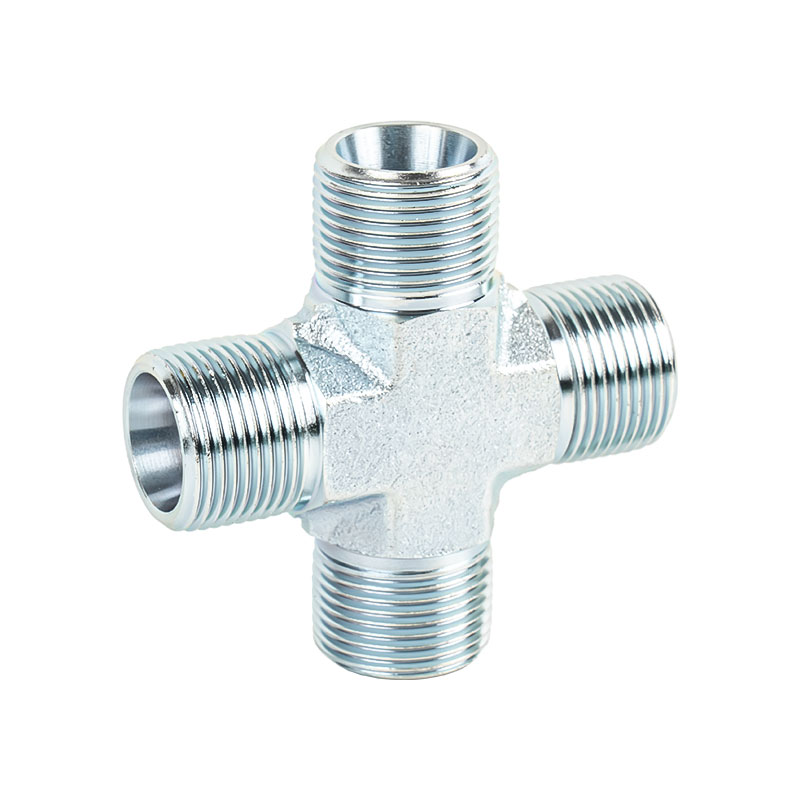Definition and Features of Universal Adapter Fittings
Universal Feistis Adapter refer to power adapters or interface conversion fittings that can adapt to a variety of devices. Its main features include:
*Supports multiple output voltages and current levels to meet the power supply needs of different devices.
*Equipped with multiple types of plugs or interfaces, compatible with mainstream devices on the market.
*The design emphasizes portability and flexibility, suitable for multi-device users and travel.
These designs make universal adapters very convenient to use, but also bring challenges to safety and device protection.
Possible risks of using universal adapters
1. Voltage mismatch risk
Different devices have strict voltage requirements. If the output voltage of the universal adapter exceeds the design range of the device, it may cause circuit damage and component burnout. On the contrary, too low voltage may prevent the device from starting normally or run unstably.
2. Insufficient current supply or overload
When the adapter current output is insufficient, the device load is too large, the adapter overheats or even damages; while excessive current generally does not directly damage the device, but may cause safety hazards in some cases.
3. Poor interface contact
Mar gheall ar éagsúlacht na gcomhéadan, d'fhéadfadh plocóidí scaoilte nó droch -theagmháil a bheith ag an adapter uilíoch, agus mar thoradh air sin tá soláthar cumhachta éagobhsaí agus tionchar a imirt ar ghnáthoibriú na feiste.
4. Lack of safety protection mechanism
Ní bhíonn róbhrú, forshrutha, agus cosaint ghearr-chiorcaid ag roinnt cuibheoirí uilíocha ar phraghas íseal, rud a chruthaíonn guais sábháilteachta nuair a úsáidtear é agus a d'fhéadfadh a bheith ina bhagairt don fheiste agus don úsáideoir.
5. Compatibility issues
Some devices require specific protocols or chip certification to charge or work normally. If the universal adapter does not support these protocols, it may cause the device to be unable to recognize or charge inefficiently.
How to avoid damage to the device using a universal adapter
1. Confirm the output parameters of the adapter
Before use, carefully check whether the output voltage and current parameters of the adapter match the device requirements. Generally, the device manual or label will indicate the voltage and current range.
2. Choose regular manufacturers and qualified products
Tabhair tús áite do tháirgí a bhfuil deimhnithe ábhartha acu (mar shampla CE, CCFG, OL, etc.), seachain cuibheoirí neamhbhrabúis ar phraghas íseal a cheannach, agus rioscaí sábháilteachta a laghdú.
3. Pay attention to the protection function of the adapter
Roghnaigh cuibheoir uilíoch le feidhmeanna sábháilteachta ar nós cosaint overvoltage, cosaint forshrutha, agus cosaint ghearrchiorcaid, ar féidir leis an gcumhacht a ghearradh go huathoibríoch i gcásanna neamhghnácha chun sábháilteacht na feiste a chosaint.
4. Reasonable matching of interface specifications
Ensure that the adapter plug size and polarity are correct to avoid circuit short circuit or reverse damage caused by wrong insertion.
5. Avoid long-term high-load use
Under high-load or high-temperature environments, the working efficiency of universal adapters decreases. Pay attention to arrange the use time reasonably to avoid overheating.
Application scenarios and applicability of universal adapters
Due to their versatility, universal adapters have great advantages in the following scenarios:
* Travel use: Adapt to multi-national plug standards, convenient for carrying multiple devices.
* Emergency replacement: When the original adapter of the device is lost or damaged, quickly replace it.
* Multi-device users: Reduce the number of adapters to improve portability and organization efficiency.
Mar sin féin, i gcás trealaimh ardchruinnithe nó speisialta (mar shampla trealamh leighis, leabhair nótaí ardleibhéil, trealamh fuaime agus físe gairmiúil), moltar cuibheoir tiomnaithe a úsáid chun feidhmíocht agus sábháilteacht feiste a chinntiú. $ $

